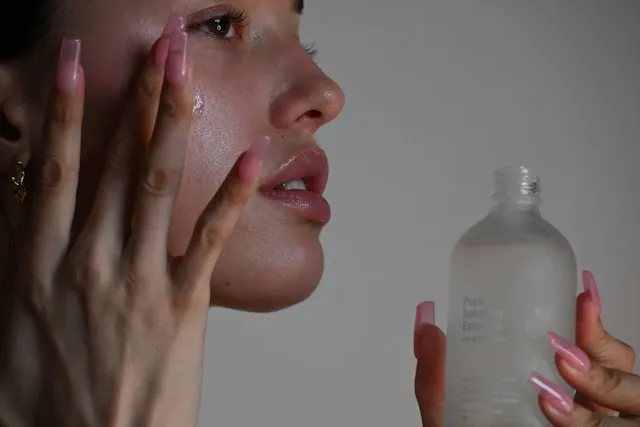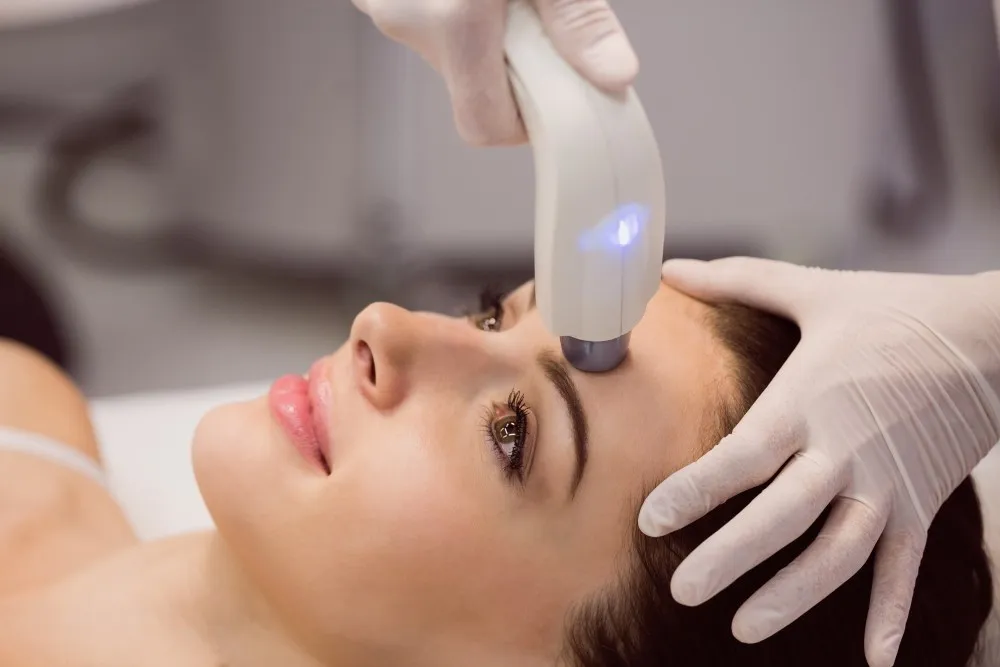Have you ever noticed painful bumps or boils that just won’t go away, no matter how carefully you clean or treat them? Maybe they keep returning to the same spots, like your armpits, groin, or under your breasts, leaving you frustrated and wondering what’s going on. You’re not alone, and it’s not your fault.
What you might be experiencing is a condition called Hidradenitis Suppurativa (HS), a long-term skin problem that can be painful, unpredictable, and emotionally draining. The good news? With the right treatment plan and care, HS can be managed. Let’s dive into what HS really is, why it happens, and most importantly, how it can be treated.
What Is Hidradenitis Suppurativa?
If you’ve been noticing painful, boil-like bumps that keep coming back in the same areas, like your armpits, groin, or under your breasts, you might be dealing with a condition called HS. HS is a long-term skin problem that happens deep beneath the surface, where your hair follicles become swollen and inflamed [1]. These bumps can be sore to the touch, sometimes burst, and may leave behind scars or small tunnels under your skin. HS isn’t just uncomfortable, but it can also affect your confidence.
HS is a chronic inflammatory condition that forms deep, tender bumps and can create tunnels and scars. It is not caused by poor hygiene. Early diagnosis and a steady plan reduce pain, shorten flares, and limit scarring.
Dr. Shamsa Kanwal, M.D., Consultant Dermatologist
What Causes Hidradenitis Suppurativa?
HS starts deep under your skin when the tiny hair follicles get blocked and inflamed. When this happens, your body reacts with redness, swelling, and painful bumps that may return again and again. The exact cause of HS is unknown; however, research suggests a few factors that can increase your chances of acquiring this disease. These include:
Family history
Hormonal influences
Being overweight
Smoking
Friction where skin rubs together (e.g. armpits)
Dermatologist Note: HS is a chronic inflammatory disease and has nothing to do with poor hygiene.
How To Treat Hidradenitis Suppurativa
If you think HS treatment would be one size fits all, you’re wrong. Your dermatologist will take time to understand your symptoms and then create a treatment plan that suits your skin. However, here’s a general overview of how the treatment plan looks:
1. For Mild HS
If your HS is mild, your doctor may start with topical treatments that you can apply directly to your skin. You might be prescribed:
Topical antibiotics (like clindamycin) to reduce bacteria and inflammation.
Antibacterial washes (such as benzoyl peroxide or chlorhexidine) to help prevent new breakouts.
Also, you should try to make these few changes at home to manage your HS symptoms:
Apply warm compresses to ease pain and help bumps drain naturally.
Wear loose, breathable clothing to reduce friction.
Avoid shaving or waxing affected areas during flare-ups.
2. For Moderate HS
For those of you who experience more frequent or painful flare-ups, your dermatologist can recommend oral medications like:
Antibiotics such as doxycycline or a combination of clindamycin and rifampicin help control inflammation and fight bacteria under the skin.
If your HS seems related to hormone changes, your dermatologist can recommend birth control pills or spironolactone to help balance hormones.
If you have severe pain, over-the-counter medications like ibuprofen can help you stay comfortable.
3. For Severe HS
If your HS has been around for a while, or if you’ve developed tunnels or scars under the skin, you’ll need stronger treatments. You can try Biologic Therapy, which targets the part of your immune system that is causing the inflammation. Your dermatologist can also suggest steroid injections to calm down particularly painful lumps quickly.
In some cases, surgery may be the best way to remove affected tissue or open blocked areas. Your options include:
Incision and drainage (for immediate pain relief)
Deroofing (removing tunnels for better long-term healing)
Wide excision (removing severely affected areas completely)
What You Can Do at Home
Yes, medications will help you with your symptoms, but what you do every day really matters too.
Try to keep a healthy weight because even a little change can reduce friction and sweating.
If you smoke, quitting can make a big difference.
High temperatures and physical activity can increase sweating and irritation in affected areas. Wear soft, loose clothes that don’t rub or trap heat, and choose light fabrics like cotton.
Stress doesn’t cause HS, but it can make it worse. Simple things like walking, deep breathing, or listening to music can help you relax.
Pay attention to your diet too. Many people notice their skin improves when they cut back on sugary or processed foods. Eating more fruits, vegetables, and whole grains supports your skin’s healing from within.
And most importantly, be gentle with your skin. Use mild cleansers, avoid scrubbing or squeezing bumps, and keep the area clean and dry.
When You Should See A Dermatologist
You should reach out to a dermatologist if you notice that:
Your bumps keep coming back in the same areas
The pain or drainage is getting worse
You notice scarring or tunnels forming under the skin
Your flare-ups interfere with your daily life
HS rarely goes away on its own, so professional care is the way to go. A dermatologist can help you create a plan that fits you, your skin type, lifestyle, and comfort level.
Conclusion
If you’re living with Hidradenitis Suppurativa, some days your skin feels fine, and then suddenly, those painful bumps return out of nowhere. However, HS can be managed, and things can get better. Simple steps like wearing loose clothing, quitting smoking, managing stress, and eating well all help calm your skin. So if your skin has been giving you a hard time or the bumps keep coming back, don’t wait it out. Reach out to a dermatologist.
Reviewed by







